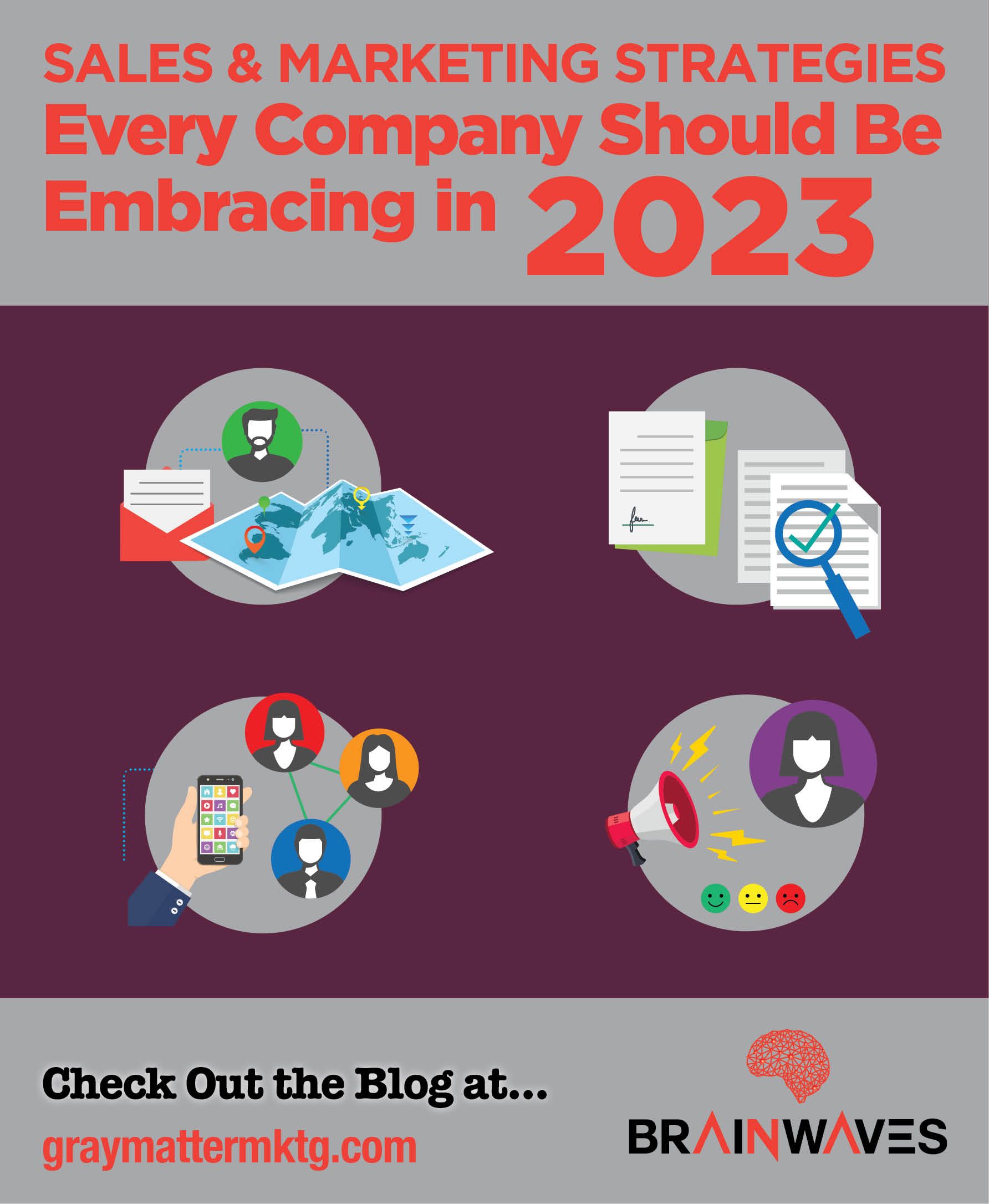Finding Opportunity in Disruption
Finding Opportunity in Disruption

- What are the demographics of our current market?
- Who is our ideal customer?
- What are their biggest challenges?
- What do they care about most?
- What are their buying habits and interests?
- R&D and innovation
- Manufacturing
- Operations and project management
- Commercializing new technology
While you have probably completed this exercise many times, it may be helpful to do it again to help you clearly see and prioritize what aspects of your product, operations, and marketing, and distribution models you need to change to better meet the needs of new markets.
Set realistic goals for market entry
Knowing who you are going to target and how you might adapt to market to these buyers is a huge milestone. It takes a great deal of work to get this far. That said, it’s important to rein in your expectations and set goals that you can actually hit.
The SMART acronym is one of the best ways to lay out your goals:
- Specific: goals should be focused
- Measurable: know what success will look like and determine how you will measure progress
- Agreed upon: all stakeholders understand and are committed to achieving the goal
- Realistic: they are attainable.
- Time-based: assign a deadline or conclusion
As you are setting goals, start with a critical review of your resources—technology, people, time, and budget—to determine what you are capable of doing now or what you need to add, change, and upgrade to enable you to move into a new market.
Most important, goal setting can’t happen in a vacuum. We highly recommend you put your goals in front of anyone who will be expected to meet them, and ask directly “What will prevent us from doing this?” The people in the trenches, on the frontline, interacting with customers and uncovering issues all have different perspectives and will be able to pinpoint issues you can’t.
Make sure you go a step further and ask how to overcome those issues. That feedback will be vital to building a strategy that works.
Set your sights on marketing and sales
You’ve identified your new target audience and set a plan for entering the market; now it’s time to start marketing and selling. Here is a process for pivoting your messaging:
- Take an honest look at your business. Review your operations, marketing materials, sales pitches, website, customer service, values, and so on. What may have worked from a branding and messaging standpoint for one industry or customer base, may not work for your new market. Be prepared to overhaul your messaging, visuals, website functionality, and more to better engage and retain the attention of a brand-new market.
- Revisit your outreach strategies. Ideally, your old strategies will work on at least some level; however, don’t expect it, as it is highly possible you will need to alter how you find new customers and connect with existing ones. For example, that could mean using social media, running TV ads, or sending direct marketing pieces to get your products in front of people who have never heard of you. Just be willing to adapt and change course if your initial methods fall short of expectations.
- Attend events. Trade shows, conferences, and other events relevant to the new industry provide a critical way to promote your business and reach a new audience. Right now, most events are virtual, so they’re easier to attend and they’re cheaper, so you can take the money you’d have to spend on travel and a hotel and use it to sponsor the event for even more exposure.
- Build partnerships. Connect with businesses or industry associations that target the new demographic and work out a mutually beneficial arrangement, for example, a referral program, cross-promotion, or email list swap.
- Conduct a PR blitz. Invest in press releases, host a webinar, offer to contribute articles to relevant blogs or publications, run an email and social media campaign, or reach out to radio spots, news stations, or podcasts for interviews. The idea is to spread the news about your new venture as quickly as possible.
If you have the right product, the right people, and the will to make it, breaking into a new market could be your best bet for keeping your business going during this short-term situation, but it could also be what’s best for your long-term success. If you would like help rebranding and marketing your product, please contact us for a free consultation.













